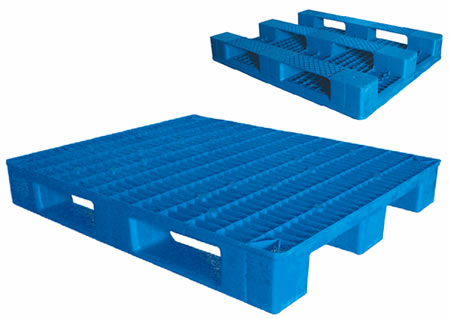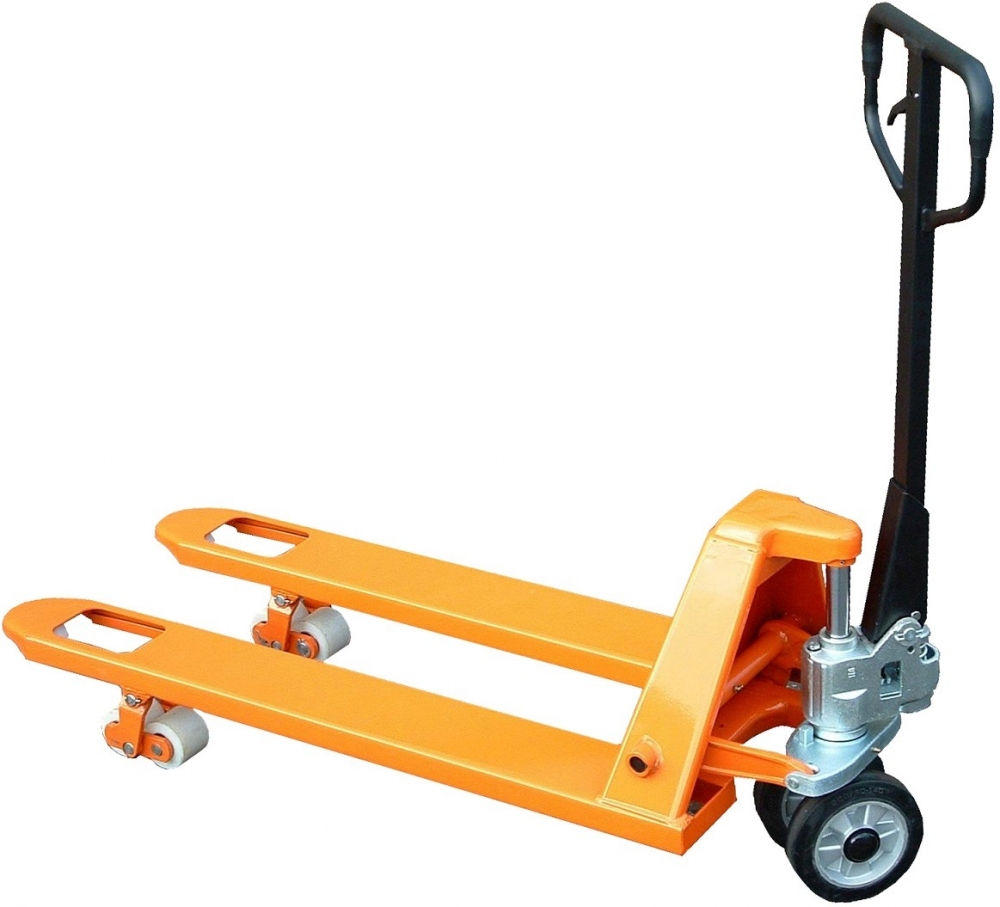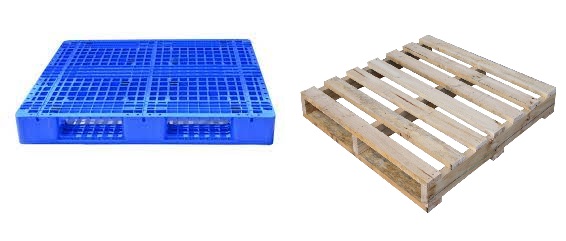Advantages of Using Plastic Pallets for Applications
Plastic Pallet Applications and Types – A Complete Guide for Modern Material Handling
Plastic pallets have become an essential part of modern material handling, storage, and transportation systems across industries worldwide. Unlike traditional wooden pallets, plastic pallets are manufactured using materials such as high-density polyethylene (HDPE) or polypropylene (PP), which offer superior durability, resistance to moisture, and consistent dimensions. These pallets are used for moving goods, stacking products, and storing items in warehouses, factories, retail spaces, and during export shipping. Due to their hygienic properties, long lifespan, and versatility, plastic pallets have become the preferred choice in industries such as food and beverage, pharmaceuticals, electronics, automotive, and logistics. Their ability to withstand repeated use, maintain structural integrity, and comply with international shipping regulations—without the need for fumigation—makes them a valuable investment for businesses aiming to improve efficiency and sustainability in their supply chain.
Applications of Plastic Pallets in Different Industries
Plastic pallets are used in warehousing and logistics for transporting goods between storage racks, production lines, and loading docks. Their uniform size and shape make them ideal for automated storage and retrieval systems (AS/RS) and conveyor-based material handling. In the food and beverage industry, plastic pallets are preferred because they are resistant to moisture, do not absorb liquids, and can be easily sanitized to maintain hygiene standards. Similarly, in the pharmaceutical industry, where contamination control is critical, plastic pallets meet strict hygiene regulations and are often produced using virgin food-grade plastic.
In the automotive sector, heavy-duty plastic pallets are used to transport car parts, engines, and assemblies due to their high load-bearing capacity and resistance to oils and chemicals. In export shipping, plastic pallets are widely used because they comply with International Standards for Phytosanitary Measures (ISPM-15) regulations, meaning they do not require heat treatment or fumigation, unlike wooden pallets. This saves time and reduces export costs. In electronics manufacturing, antistatic or electrostatic discharge (ESD) plastic pallets are used to protect sensitive components from static electricity damage. Even in retail environments, lightweight nestable plastic pallets are used for in-store displays, quick replenishment, and point-of-sale product movement.
Advantages of Using Plastic Pallets for Applications
Plastic pallets offer several advantages that make them suitable for diverse applications. They are resistant to rot, mold, and insect infestation, ensuring long-lasting performance even in humid or wet environments. Their consistent dimensions make them compatible with automated handling systems, reducing operational delays. Unlike wooden pallets, plastic pallets do not splinter, making them safer for workers to handle. Many models are designed for easy cleaning using water jets or steam, making them ideal for industries with strict hygiene requirements. Furthermore, plastic pallets can be manufactured from recycled materials, contributing to sustainability efforts and reducing a company’s carbon footprint. Their durability means they can be reused hundreds of times before needing replacement, lowering the total cost of ownership over the long term.
Main Types of Plastic Pallets
There are several types of plastic pallets, each designed to meet specific handling, storage, and transportation needs.
1. Nestable Plastic Pallets – These lightweight pallets have a nesting design, allowing them to be stacked inside one another when empty, saving up to 70% of storage space. They are ideal for one-way shipping, retail distribution, and applications where return logistics are limited.
2. Stackable Plastic Pallets – Designed with a solid base that allows them to be stacked securely on top of each other, stackable pallets are commonly used in warehouses where vertical storage is important. They provide stability for heavy loads and are suitable for racking systems.
3. Rackable Plastic Pallets – Built with reinforced bases, rackable pallets can safely hold goods in warehouse racking systems without bending or breaking. They are used in heavy-duty applications such as manufacturing and bulk storage.
4. Export Plastic Pallets – These cost-effective pallets are lightweight yet strong enough to handle export shipments. They are ISPM-15 exempt and designed for single-use international shipping to reduce costs while ensuring compliance with customs regulations.
5. Hygienic / Food-Grade Plastic Pallets – Made from virgin HDPE or PP materials, these pallets feature smooth, non-porous surfaces with no cavities where dirt can accumulate. They are widely used in the food, beverage, and pharmaceutical industries where hygiene is paramount.
6. Heavy-Duty Industrial Plastic Pallets – Built for strength and durability, these pallets can handle extremely heavy loads and are resistant to impact and chemical damage. They are common in automotive manufacturing, metal processing, and large-scale industrial operations.
7. Spill Control Plastic Pallets – Equipped with built-in containment basins, these pallets are used in industries handling hazardous chemicals, oils, and other liquids. They help prevent environmental contamination by containing leaks or spills.
8. Recycled Plastic Pallets – Made from post-consumer or post-industrial recycled plastic, these pallets are an eco-friendly alternative for companies seeking to lower their environmental impact while still enjoying the durability of plastic.
Choosing the Right Plastic Pallet Type for Your Application
When selecting a plastic pallet, businesses should consider several factors, including load capacity, handling equipment compatibility, hygiene requirements, and intended use. For example, a warehouse using tall racking systems will benefit from rackable pallets with reinforced bases, while a retail store that needs quick display turnover might prefer lightweight nestable pallets. In industries with strict sanitation requirements, food-grade hygienic pallets are a must, while companies shipping goods overseas may choose export pallets for compliance and cost efficiency. If sustainability is a priority, recycled plastic pallets offer a balance between environmental responsibility and operational performance.
Sustainability and Plastic Pallet Recycling
One of the significant advantages of plastic pallets is their contribution to sustainable logistics. Many plastic pallets are fully recyclable at the end of their service life. Damaged pallets can be collected, ground into plastic granules, and remanufactured into new pallets or other products, creating a closed-loop recycling process. This reduces the demand for virgin plastic, minimizes waste sent to landfills, and supports circular economy initiatives. Businesses using recycled plastic pallets can also promote their eco-friendly practices to customers, enhancing their corporate social responsibility (CSR) profile.






